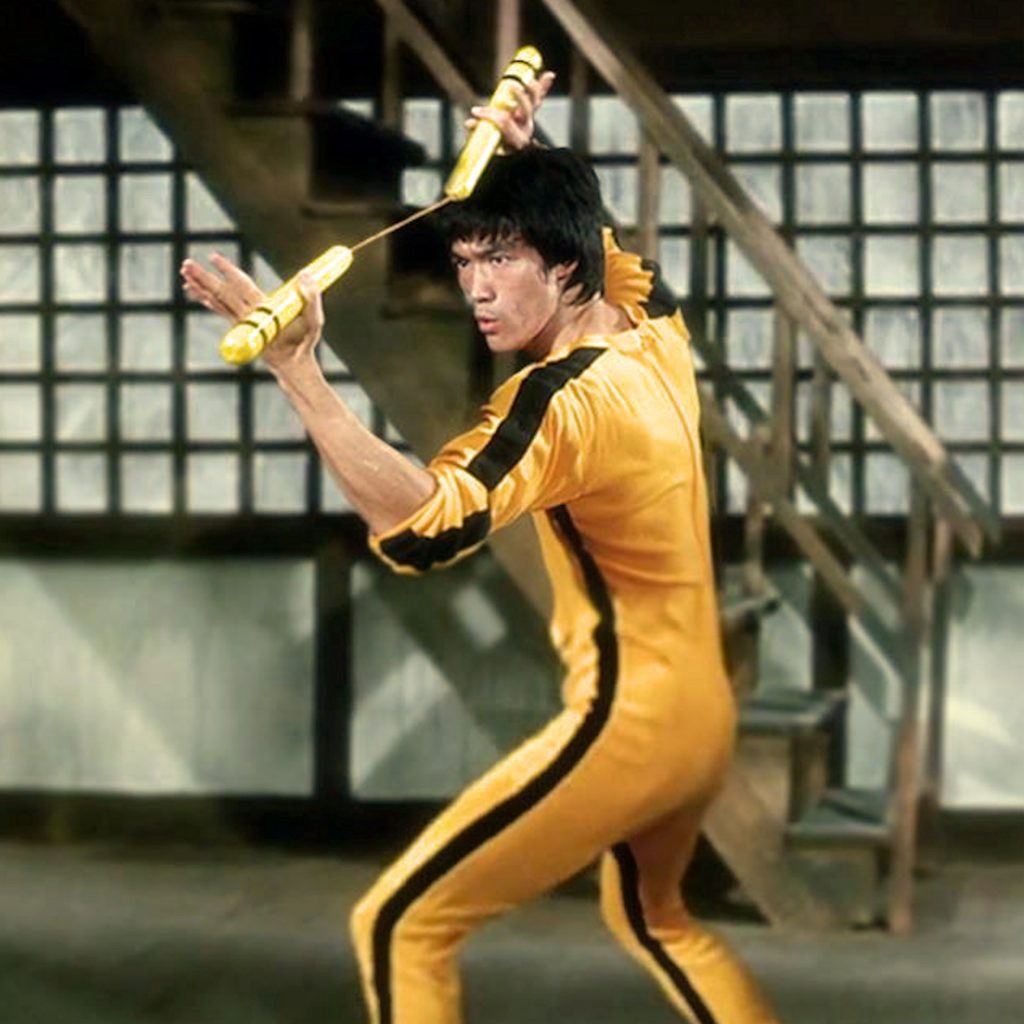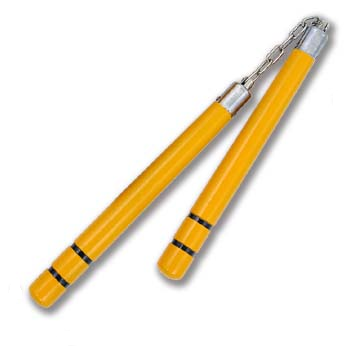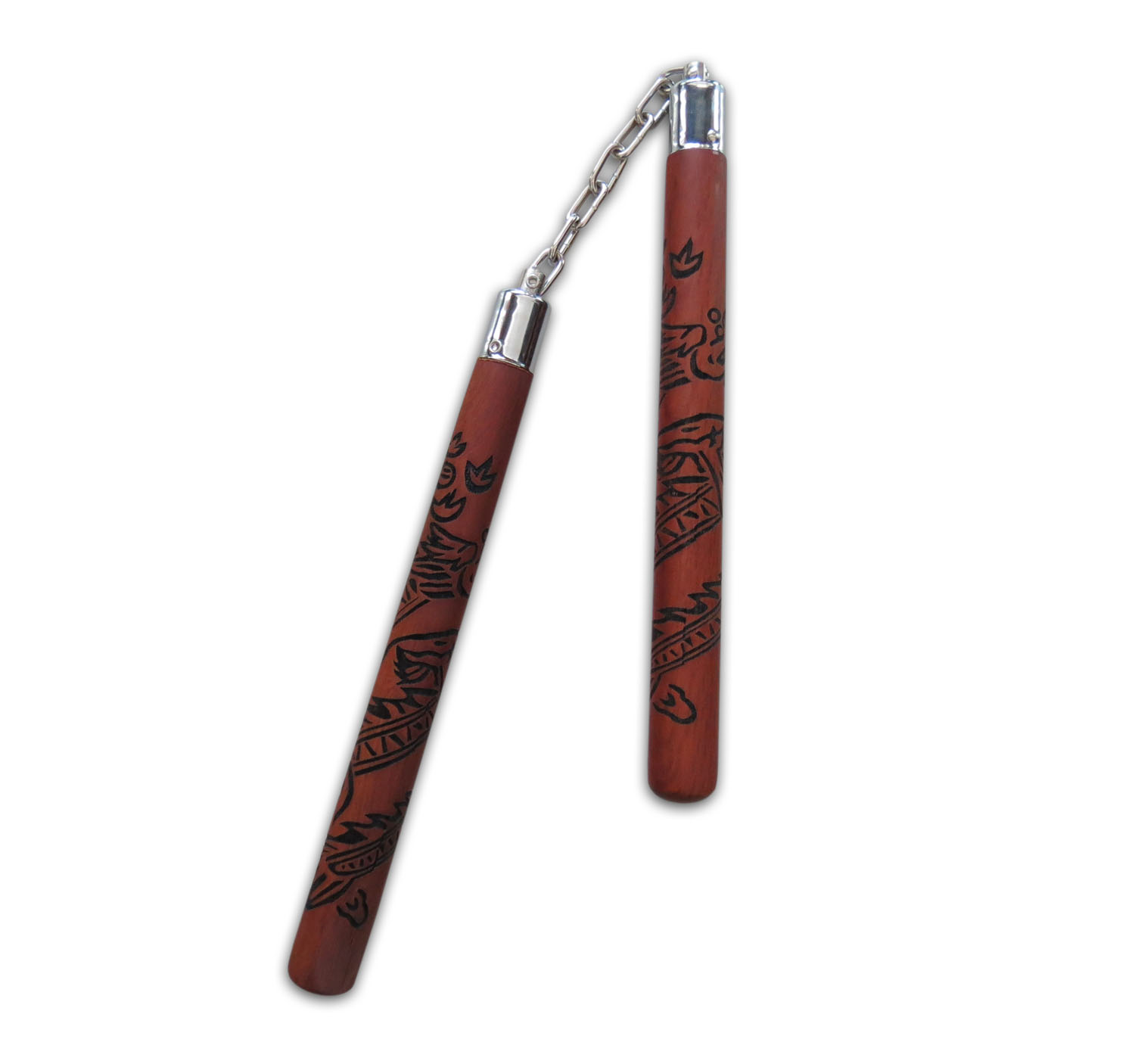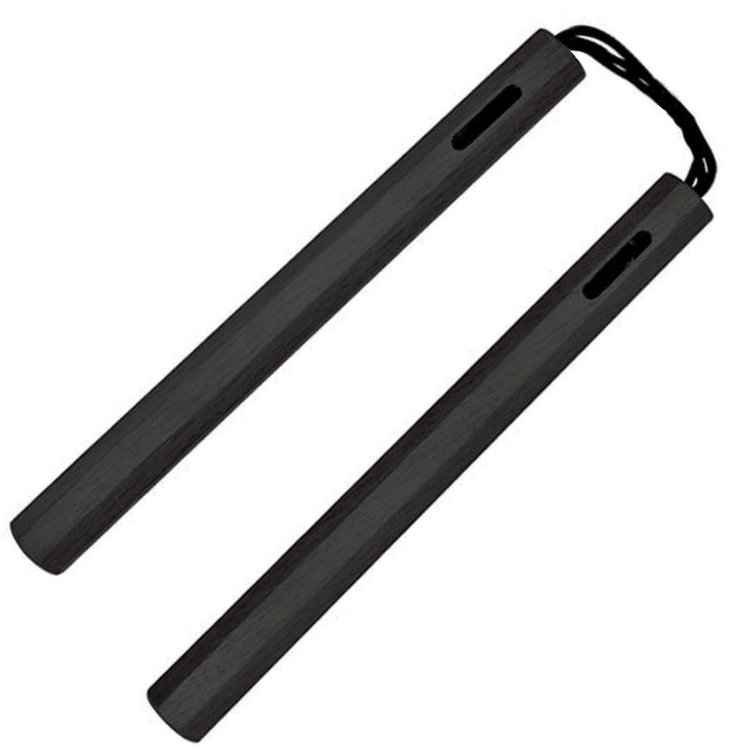Choosing the Correct Nunchaku: Your Martial Arts Weapon Guide
14th Dec 2023

As the sun rises, illuminating the dojo, a similar sense of awakening comes for those about to embark on their martial arts journey—enter the trusty nunchaku, swinging into the spotlight like a trusty sidekick.
Selecting the right pair is akin to finding Excalibur.
Within your grasp lies more than a mere tool for training; it's a symbol of discipline, tradition, and personal growth waiting to unfold with every strike and spin.
Nunchaku Types Explained
Stroll through the aisles of a martial arts store, and you’ll be struck by the variety of nunchaku on offer, each catered to different skill levels and practices.
On one end, we have the foam padded training nunchaku — perfect for beginners honing their skills without the added peril of bruises. Then, the traditional hardwood nunchaku speaks to the purists, demanding precision and offering authenticity in every clack.
Don't hesitate between "flashy" and "functional"; your choice reflects your path in the martial arts tapestry.
Traditional Okinawan Styles
Embracing the deep heritage of martial arts, the traditional Okinawan nunchaku stands as an emblem of precision and skill cultivated over generations.
In the heart of Okinawa, mastery and artistry entwine, giving birth to the nunchaku as a paragon of traditional weaponry.
Crafted from hardwood, these nunchaku are typically connected by a cord, a detail honoring their roots. Straightforward and functional, they embody the island's warrior spirit and rich history.
Steeped in legacy, each pair of Okinawan nunchaku is a testament to the island's enduring martial arts culture, ensuring practitioners a genuine connection with the past.
Modern Martial Arts Variations
Modern martial arts continuously evolve, infusing traditional forms with innovative twists.
- Freestyle/Martial Arts Trickery: Introduces creative, gymnastic movements alongside conventional techniques.
- Combat Sport Training: Utilizes nunchaku in full-contact scenarios, emphasizing speed and reflexes.
- Cinematic Martial Arts: Influenced by movies, it focuses on the visual impact and flourish of techniques.
- Reality-Based Self-Defense: Prioritizes practical application over stylistic concerns for real-world situations.
- Fitness Kickboxing Routines: Integrates nunchaku as a workout aid to improve coordination and cardiovascular health.Each variation has a different focus, influencing the type of nunchaku suitable for practice.Choosing the right nunchaku comes down to matching it with the intended art form and personal goals.
Foam Training Nunchaku
Starting with foam training nunchaku is like putting on training wheels – it's about safety first, technique second.
- Safety: Foam padding minimizes risk of injury during early practice.
- Weight: Lighter than traditional wooden nunchaku, allowing for longer training sessions without excessive fatigue.
- Grip: Typically features a textured surface to aid in handling and control.
- Flexibility: A cord or chain that isn't too rigid helps in learning the flow of movements.
- Length: Make sure that the foam nunchaku match the proper length for your body size.They're the go-to choice for beginners honing their skills and confidence.Foam nunchaku, while less intimidating, still require respect and diligent practice to master.
Material Matters
When it comes to choosing the perfect pair of nunchaku, you can't overlook the importance of material. Hardwoods like oak or ash are traditional choices, offering durability and a satisfying weight that many martial artists prefer for their rhythmic clack during forms. On the other hand, modern materials like lightweight metals or high-impact plastics bring their own advantages, such as weather resistance and a variety of color options. Whatever you choose, remember that the material will greatly influence both the feel of the weapon in your hands and the style of your practice.
Wood Versus Metal
Choosing between wooden and metal nunchaku can greatly affect your training and technique.
- Feel and Tradition: Wooden nunchaku offer an authentic, traditional feel and a natural grip.
- Weight and Momentum: Metal nunchaku are typically heavier, affecting the momentum and strength required in your moves.
- Noise and Clatter: Wood produces a distinct sound when used, which is missing with metal nunchaku.
- Durability: Metallic pairs may last longer but can be unforgiving during practice mishaps.
- Maintenance: Wooden nunchaku require more care to prevent splintering or warping over time.Metal nunchaku are less forgiving on the knuckles and have a modern aesthetic.Both materials have their merits, so your choice should align with your personal training goals.
Selecting the Right Size
When sizing up your nunchaku, consider the length of the chain or rope connector. Ideally, it should span the distance from your elbow to your wrist – allowing fluidity and control without risking too much slack. If the chain is too long, you run the risk of awkward manoeuvres, while a chain too short can hinder your range and limit the techniques you can execute effectively.
Accuracy in the length of the nunchaku's handles is also vital. As a rule of thumb, they should match the distance from the palm of your hand to just before the elbow. This ensures a comfortable grip that enhances the precision of strikes and blocks. If the handles feel unwieldy or overly compact, it could throw off your timing and flow. In essence, when the nunchaku feel like an extension of your arms, you've found the right sized weapon for your training journey.
Length for Optimal Control
Consider this, the optimal length of your nunchaku is not just about aesthetics, it's about biomechanics. Properly sized nunchaku allow for a full range of motion, ensuring that each swing, strike, and block is executed with maximum efficiency. Too long, and you'll be compensating for the excess; too short, and you'll be restricting your potential.
Finding the sweet spot is essential. It's where the nunchaku becomes an extension of your body – a seamless addition that feels natural when swung through the air. This harmony between martial artist and weapon is the bedrock upon which all nunchaku techniques are built and perfected.
Safety and Maintenance
Safety in martial arts is paramount, and that principle extends to the humble nunchaku. It’s essential to regularly check your nunchaku for signs of wear and tear, particularly the integrity of the chain or rope that connects the sticks. A sudden break during vigorous training could lead to injury, not just to yourself but also others training nearby. Always store your nunchaku in a dry place to prevent the wood from warping or the metal from corroding. After each session, give them a good wipe down to remove sweat or dirt, which can deteriorate materials over time. Whether you’re a dojo dweller or a backyard Bruce Lee, taking proper care of your nunchaku ensures they stay effective, reliable, and safe for your martial arts practice.
Caring for Your Nunchaku
Keep your nunchaku dry and clean, always.
After every intense session, wipe down your nunchaku. This prevents the build-up of sweat and dirt, which can degrade the material over time, whether it be traditional hardwood or modern foam. Additionally, ensure they are stored in a cool, dry place to prevent any moisture-related damage.
Don't expose them to extreme temperatures.
Direct sunlight or heat can warp or crack your nunchaku – an outcome you definitely want to avoid. If you've invested in a high-quality pair, store them in a specialised case to provide extra protection from the elements.
Maintain the cord or chain with care.
The connection between the two sticks is vital. Regularly check the cord or chain for any signs of wear or damage. If you notice any fraying or weak links, replace it promptly to maintain the integrity and safety of your nunchaku.
Remember, your nunchaku are an extension of you.
Just as you invest time in honing your skills, invest effort in caring for your nunchaku. Regular maintenance ensures they remain reliable for each practice. Keep up-to-date with recommended care techniques, and your nunchucks will be a trusted companion in your martial arts journey.
AMAS Stock NZ's Best Range of Nunchaku
View the Full Range of NunChaku
If you have any questions about these or any other martial arts products, be sure to get in touch with the experts at Auckland Martial Arts Supplies.



